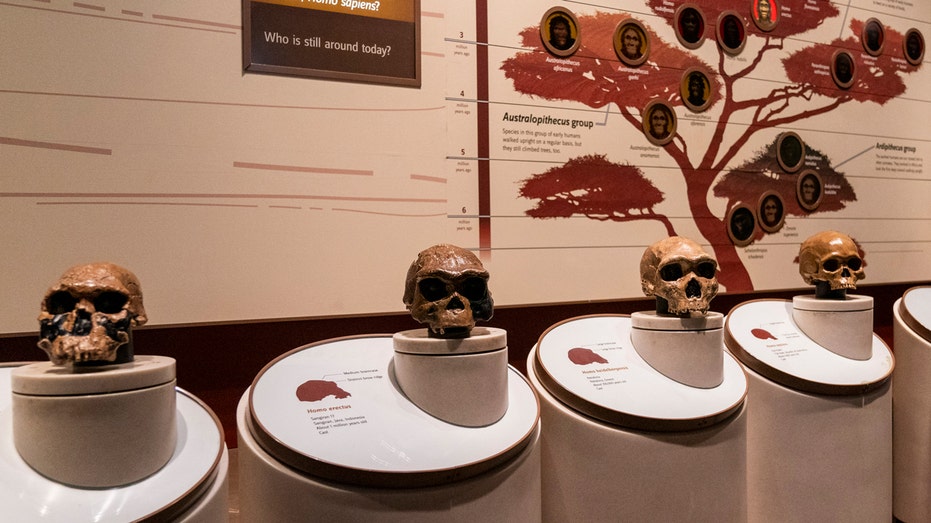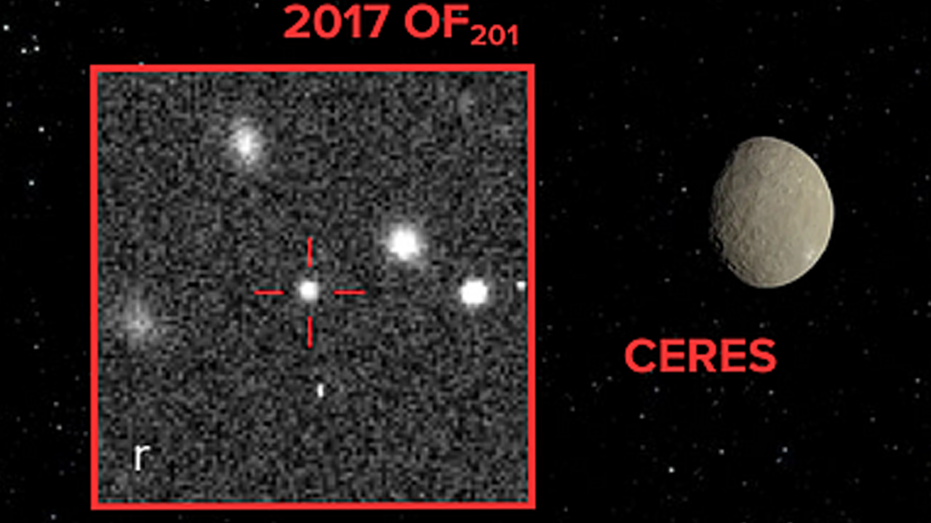Scientists Link Gene to Emergence of Spoken Language

Sarah Johnson
March 3, 2025
Brief
Scientists have identified a unique human gene variant, NOVA1, linked to the evolution of spoken language, offering insight into how genetics shaped humanity's communication abilities.
Why did humans start speaking? Scientists suggest that genetics played a pivotal role, and they argue that the evolution of this unique ability was essential for our survival.
A groundbreaking study has linked a specific gene to the ancient origins of spoken language, suggesting that a protein variant found only in humans may have revolutionized our ability to communicate. Speech enabled early humans to share crucial information, organize group efforts, and pass down knowledge, providing a major evolutionary advantage over now-extinct relatives like Neanderthals and Denisovans.
Dr. Robert Darnell, a co-author of the study published in Nature Communications, explained that the genetic variant in question is part of a suite of genes that contributed to the emergence of modern Homo sapiens as the dominant species. The protein, known as NOVA1, has been pivotal in brain development and has been under Darnell’s microscope since the early 1990s. For this study, researchers at Rockefeller University used CRISPR gene editing to replace the mouse version of NOVA1 with the human-specific variant, testing its impact on vocalization.
The results were fascinating: baby mice with the human variant squeaked differently when their mothers approached, and adult male mice chirped in unique ways during mating scenarios. Both instances demonstrated that the human-specific NOVA1 variant altered how the mice "spoke" in situations where communication was key.
While this discovery is monumental, it’s not the first time a gene has been linked to speech. Back in 2001, British researchers identified FOXP2, dubbed the "human language gene," which was associated with language and speech disorders. However, FOXP2 turned out to be shared with Neanderthals, making it less exclusive to modern humans. NOVA1, on the other hand, appears to be uniquely ours.
It’s worth noting that the ability to speak isn’t purely genetic. Anatomical features in the human throat and specialized areas of the brain also play critical roles in enabling language. Darnell hopes the study not only sheds light on human origins but also paves the way for new treatments for speech-related disorders. According to Liza Finestack from the University of Minnesota, who wasn’t involved in the research, these genetic insights might one day help identify children who could benefit from early speech and language interventions. "That’s certainly a possibility," she said.
While NOVA1 might not explain all the mysteries of human language, it’s a compelling piece of the puzzle that connects our past to our present – and perhaps even our future.
Topics
Editor's Comments
It’s wild to think that a tiny protein could have played such a massive role in shaping human history. Imagine if Neanderthals had this genetic edge – would we even be here writing about it? Also, the fact that mice now chirp differently because of a human gene? That’s next-level science and maybe just a little creepy!
Like this article? Share it with your friends!
If you find this article interesting, feel free to share it with your friends!
Thank you for your support! Sharing is the greatest encouragement for us.



